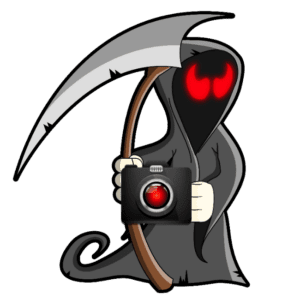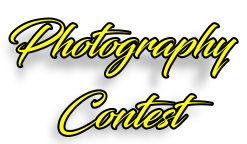PHOTOGRAPHY BASICS
SHUTTER PRIORITY:
If you have moving subjects, you will want to shoot in shutter priority to ensure your shutter speed is high enough to have your subject in sharp focus. Approximately 1/250th of a second is appropriate for people walking by, and adjust your ISO accordingly. If they are moving fast, increase your shutter speed to about 1/500th of a second. A fast bird flying by would be shot at about 1/1000th of a second. If it’s a bright sunny day, go as high as 1/1200th of a second. Remember, the higher your shutter speed, the less light comes into the camera. For More Details, see our Shutter Priority Page.
MANUAL MODE:
You can do your long-exposure running and milky water shots if you have moving waters at the location. You will have to use a tripod for this effect. Your settings will vary depending on the lighting and your neutral density filter. You will shoot in manual mode for the milky waters. ISO is always 100 or as low as your camera will allow. The aperture is f22 or the highest f-stop your camera will allow. Your shutter speed will be the only variable depending on the light. Roll your shutter speed until your meter reads zero. (In the center) Use your shutter release or 2-second timer to prevent camera movement when exposing. You will want at least a 2-second exposure for milky water. If you don’t have a neutral density filter, you may not get more than 1/15th of a second in the sun.
You can buy an ND filter here. We highly suggest you do not go anywhere without one. Long exposure for moving waters makes all the difference between lifeless images and outstanding, dynamic images.
APERTURE PRIORITY:
Aperture Priority is often used to blur the background of your images and control your depth of field (how much from the subject to the background is in focus). For more information on this – see our Aperture page
ISO:
The higher you set it, the more light is when exposing an image. The higher the number, the more digital noise, so stay below 800. If you need to go higher to get the shot, you can use Topaz Denoise to filter out the digital noise later. See the ISO page here.
WHITE BALANCE:
Be sure to set your white balance each time the lighting changes. Auto mode is not always accurate on many cameras, and we prefer to set it manually. It’s one of the easier basics of photography to master. If you need more help, you can get some more details here. See the white balance page here.




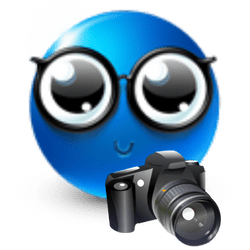


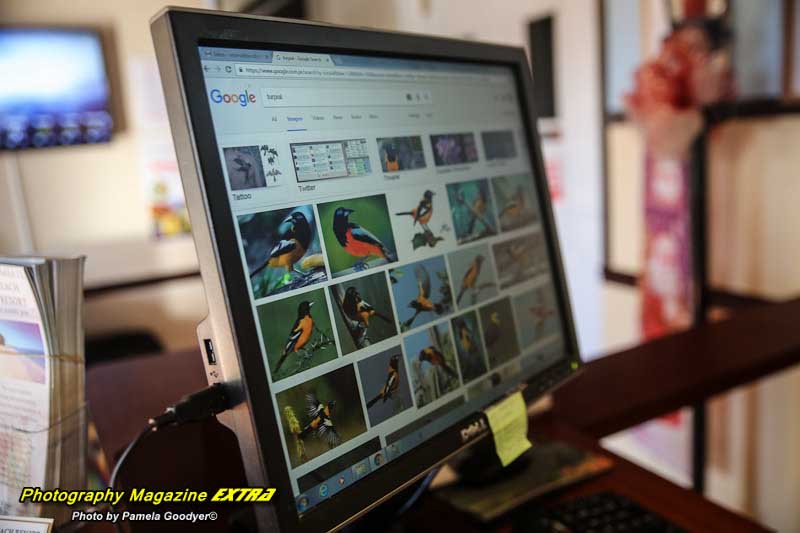
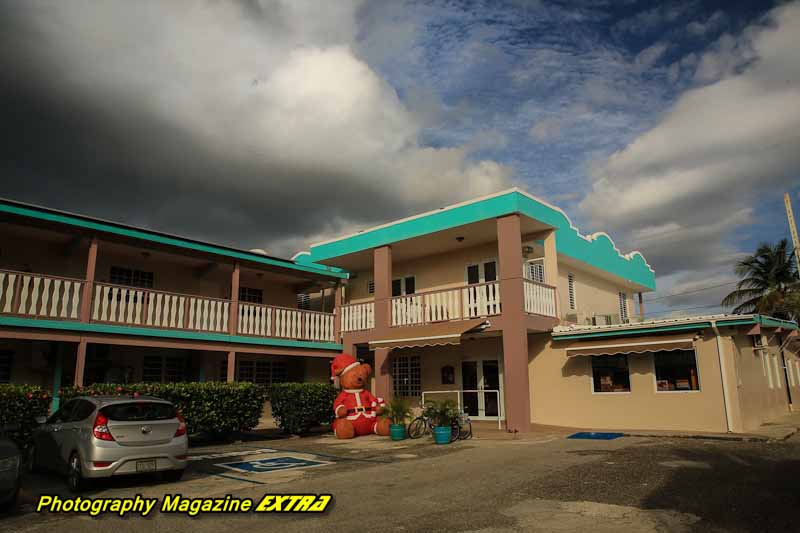










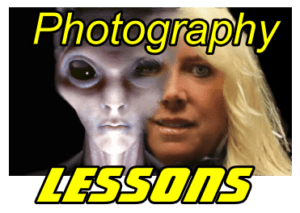 Photography, Lessons, Workshops and Classes.
Photography, Lessons, Workshops and Classes.